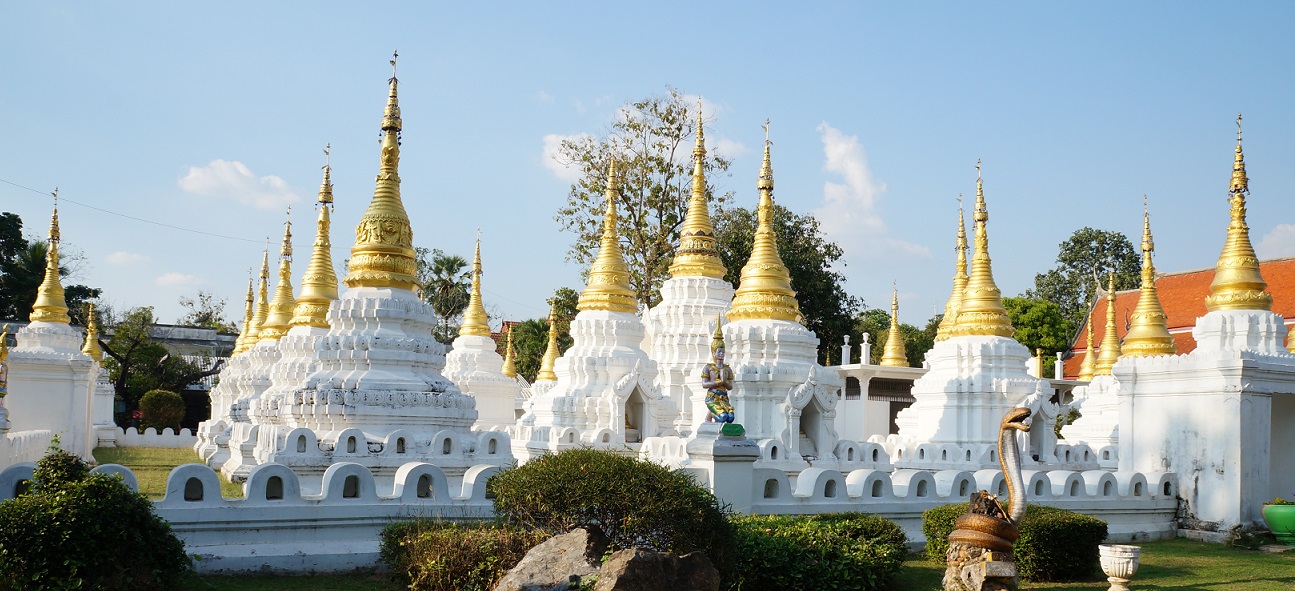
Thailand has over 41,000 Buddhist temples, of which nearly 34,000 are in current use. If you have a particular one in mind, you might be able to look it up on this Wikipedia page, which sorts them by region, a handy way to see what good temples might be nearby whenever you are in a particular area. I keep track of the provinces I have visited, but have no record of which wats I have seen, other than through my photographs and travel diary.
Every temple is unique, but there are certain components which recur in them. This article is a handy guide to the terminology of temples. You'll notice that a wat is defined as a temple complex, so it will have many of the structures shown in this article. I know many of these terms, but I'd like to learn them all. This guide is actually far more extensive than it looks at first. You can see examples of temples in many different regions, with pictures and descriptions of what each wat includes. I've never used these in the past, just appreciated each wat for what I could see. The wats themselves rarely have much in the way of commentary or written descriptions, especially in English, so for those who like to know more about what they are seeing, this could be a very useful guide. Sadly, if you don't have an Internet connection when you are at a site, you won't be able to read the guide.
The image of Wat Chedi Sao in Lampang, Thailand was taken 10 Dec 2014 and is copyright 2014 by Ron Chester. The name of the wat means Wat with Twenty Chedis. If you look carefully you can count the spires of all twenty chedis in this image. A picture taken by another was posted in Aug 2010. It does not show all twenty chedis. There are quite a few pictures of the temple on the web, but there is no clear agreement on how to spell the name in English.